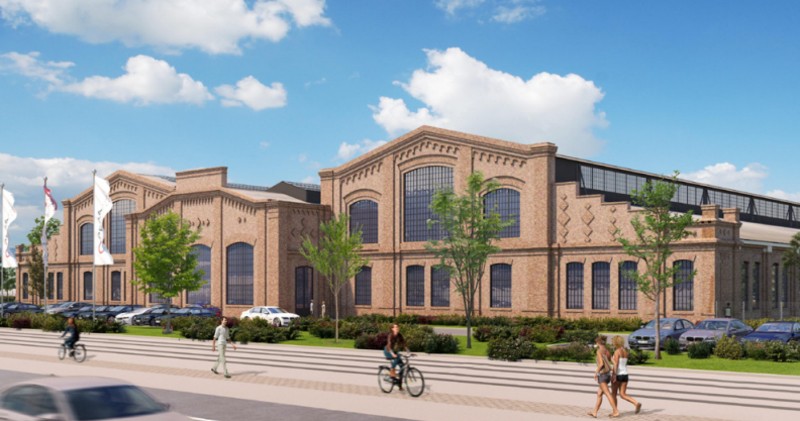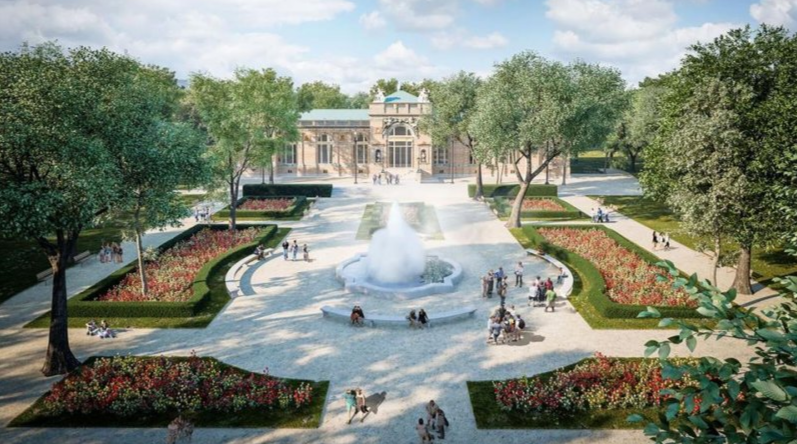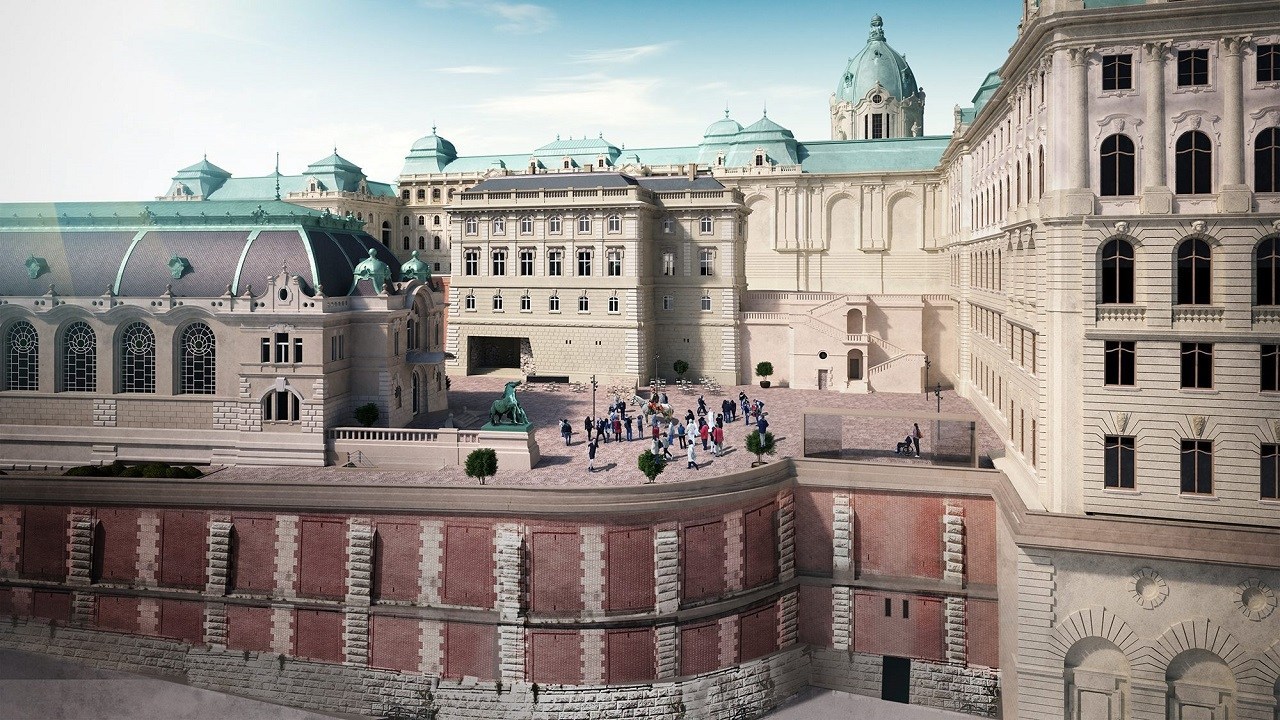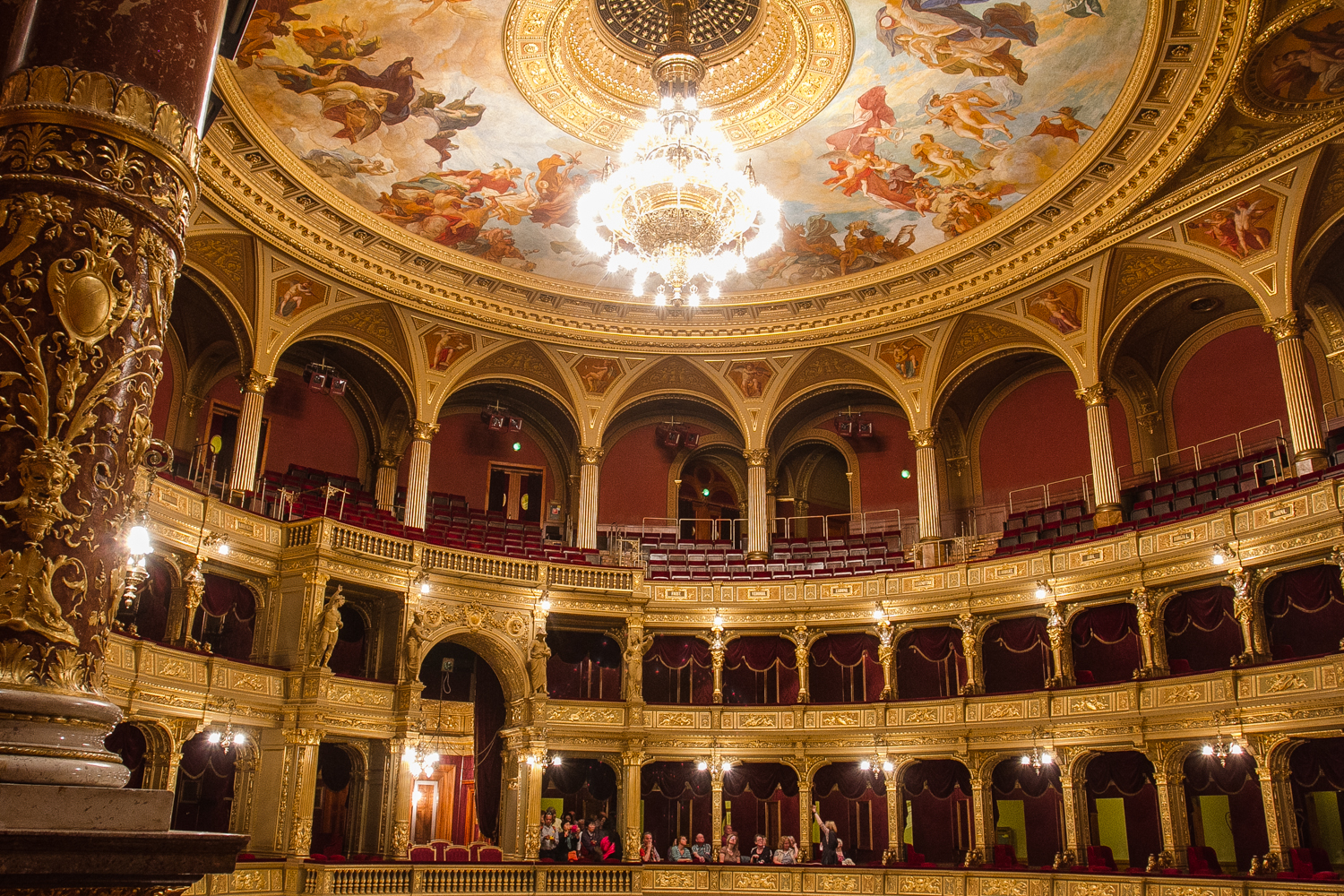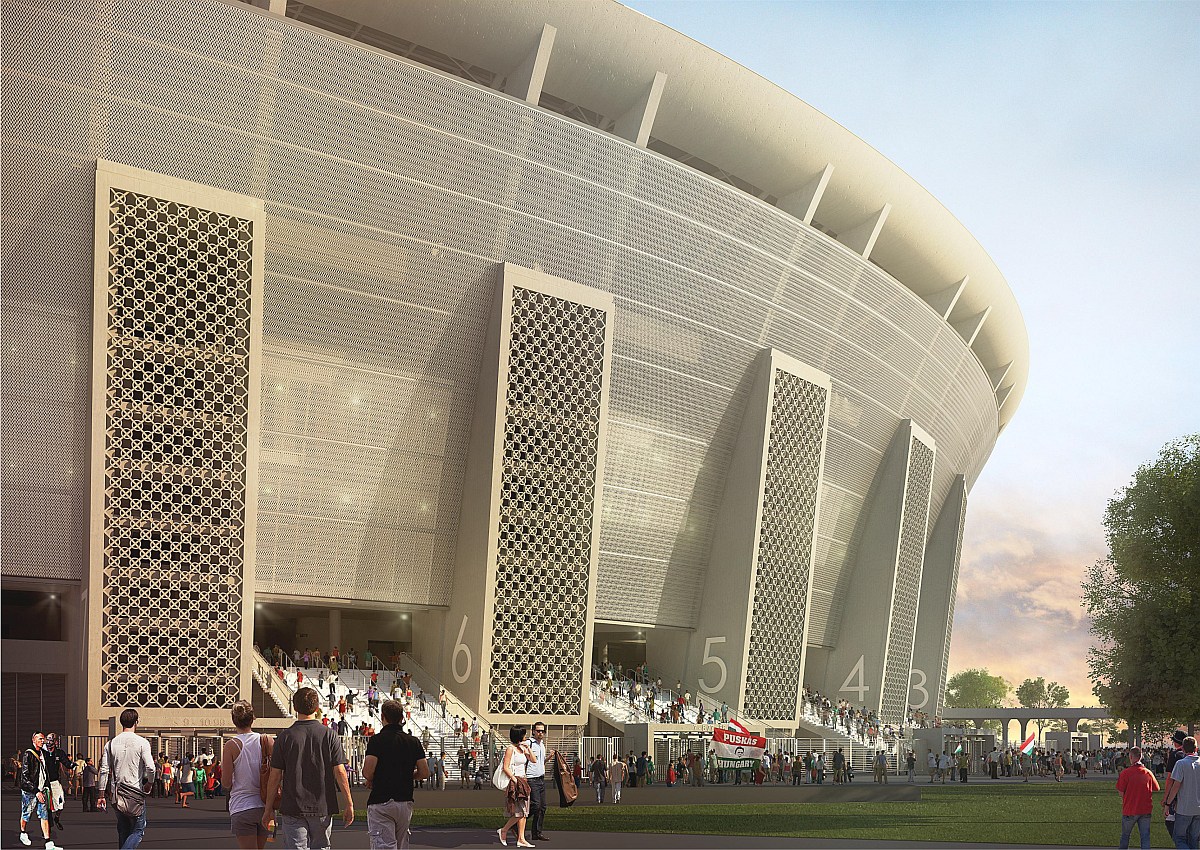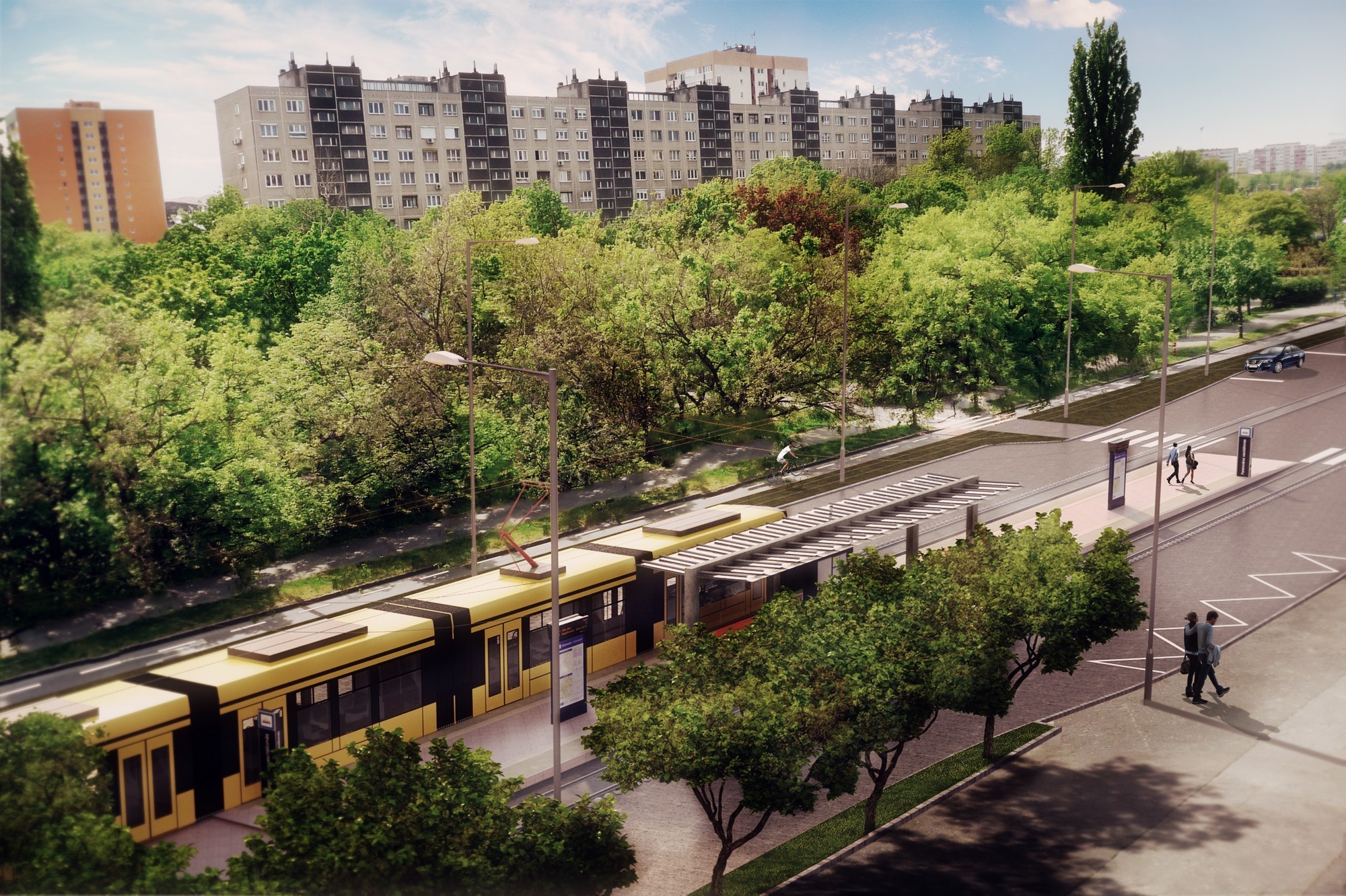The Innsbruck office of Norwegian architectural giants Snøhetta and Austrian engineering firm Verkehrsingenieure Besch won the tender to create a large complex to accommodate 12,000 university students and provide them with top-quality sports facilities.
At the same time, it was also announced that Budapest has won hosting rights for the 2023 World Athletics Championships, the third biggest sporting event after the Olympics. After failing in its bid to bring the 2024 Games to this same proposed site, the city will be building a 40,000-seater stadium here for the 2,000 athletes who will be competing over nine days in August 2023. After it’s over, the stadium will be reduced to 15,000-capacity and form part of the student campus.
The development also sheds light on Csepel island itself, whose huge factory complex has lain mainly empty since the end of Communism and full employment in 1989. As part of the Europe-wide Shared Cities initiative, serious discussions are taking place over the long-term strategy for this expansive site, now moribund for 20 years.
The most spectator-friendly will be new workshops and halls for the Hungarian State Opera. In 2019, not only staff but audiences will fill a five-wing hall with a larger floor area than Parliament.
Next door, the Diesel Hall will be the new home for the Transport Museum. Big-name architectural firms such as Bjarke Ingels and Foster & Partners are submitting bids, with the winning design to be announced on 28 February. The new museum complex, with a warehouse and a library, is expected to be ready by 2022.
Other nearby sites ripe for development include the former Józsefváros railway station and the area around Népliget, both within easy reach of the city centre.
More sports facilities will also open through 2019, including a long-awaited public treadmill, courts for team games and exercise machines for outdoor training, located in the southern and south-east corner of the park. Changing rooms, showers and drinking fountains will also feature.
While the construction of the new Ethnographic Museum has been put on ice after initial plans were shelved, a Biodome will be designed by Paulinyi-Reith and the building of the Hungarian House of Music, designed by Suo Fujimoto, is under way, scheduled for 2020.
The creation of a National Restoration and Warehousing Centre for Museums, designed by the Narmer Architectural Studio, has been shifted from 2018 to this year, experts from the Museum of Fine Arts and Hungarian National Gallery soon to staff a Central European Museum of Art History and Research Centre, as well as a visitor centre.
A number of buildings damaged or destroyed during World War II – the Royal Stables, the Stöckl stairway and the former Csikós courtyard – have been rebuilt mainly in line with their original state. Certain questions still hang over their functions and usability.
No such doubts exist about the former Carmelite Monastery, once the long-term home of the National Dance Theatre. This month it became the new Prime Minister’s Office.
Plans concerning the new Ministry of Finance are also being finalised. The building on focal Szentháromság tér will be restored to its former function after departments of the National Archives have moved out. The roof and façade of the Neo-Gothic building are being transformed according to the plans of 1903.
As the historic Párisi Udvar slowly transforms into Budapest’s first Hyatt hotel, the luxury property should start welcoming guests later this year. Designed by the local Archikon studio, the hotel will offer 110 guest rooms, including a presidential suite. A spa centre and a conference hall also feature.
Adjacent to it, recently closed Buddha-Bar Hotel within the Neo-Baroque Klotild Palace was overseen by the same Mellow Mood Hotels group that will operate the new Hyatt. Across from the former Oriental-themed accommodation, southern Klotild Palace should also house a hotel when it reopens, as part of Marriott International.
On the drawing board for ten years, plans to breathe new life into the historic Stock Exchange Palace should come into effect for 2019. This landmark on Szabadság tér served as a filming location of Blade Runner 2049 starring Ryan Gosling and Harrison Ford.
Works can soon start on the weather-worn façades of Budapest’s age-old Town Hall tucked away in a central Pest side street. There’s no news about the possible reconstruction of adjoining cobbled square Városháza Park that usually stands empty when it’s not hosting the annual Christmas market or pop-up events.
In 2017, city officials announced that postcard-superstar Chain Bridge and the adjacent Tunnel would close for renovation. Now works are scheduled to start this year to renew the road over the bridge, the pavement and railings. Modern street lamps and floodlights should enhance the span, while its underpasses and stairways should also be restored.
As revealed last year, the imposing Postapalota building overlooking Buda’s Széll Kálmán tér will be transformed into the Museum of Finance and Banking History. Due to open in 2020, this interactive visitor centre will showcase the processes for a better understanding of how money works.
New plans should see the Rác spa and hotel near the Buda riverfront open by 2019, a project drawn up by Budapest & Hévíz Spas. The Király Baths, dating back to the 16th century, should also undergo redevelopment starting this year. The outdoor lido facilities of two lesser-known baths, at Csillaghegy and in distant District XX, should start welcoming visitors this summer.
Rumbach Sebestyén Synagogue at the gateway to the Jewish Quarter will soon be restored to its former glory to house the Együttélés Háza, a project showing how Jewish and non-Jewish citizens lived together in the 19th and 20th centuries.
Adjacent József Nádor tér, under renovation for a long while, is set to be completed this year. Plans have already been unveiled for a stunning Zsolnay and Herendi porcelain fountain that will adorn the square, surrounded by new trees and accompanied by an underground car park.
Somewhat dilapidated Blaha Lujza tér will also be renewed by the end of the year. In addition to revamping its notorious underpass, most of the parking areas above ground will be demolished and green areas expanded. A new pedestrian crossing and the full renovation of the Corvin department store are both among the development plans.
Workers in the garden of the Hungarian National Museum have been busy with renovation this winter, so this summer will see more green space, new public furniture and WiFi.
Over in Buda, concrete transport hub Széll Kálmán tér will also be going green with a plant wall and a big water feature, while nearby Széna tér will see its bus stop and parking spaces removed for a neater, greener look.
Batthyány tér – providing the prettiest panorama of Parliament – will lose its shabby concrete for the appearance of grass, ornate paving and benches.
By Kelenföld station, Etele tér is also earmarked for development, though details remain unclear. According to plans, in addition to a retail and leisure centre, a park and an office building may feature at this busy transport hub.
A short tram hop away, the construction of Fradiváros at Népliget will soon be under way, creating a headquarters for 17 departments of the Ferencváros sports club (‘Fradi’). The football club, of course, already play in a new stadium here, the Groupama Aréna, which has also been standing in for the Ferenc Puskás during its construction.
Other sports facilities in the pipeline include Anthony Gall's Óbuda Velodrome, the National Skating Centre designed by the BORD Architectural Studio and Honvéd’s Bozsik Stadium in Kispest.
As announced this month, Budapest Airport will also see further development as part of a €700 million extension and modernisation project. The main feature will be a new terminal, due to be ready by 2024, alongside a much-needed fast-rail line for passengers currently having to use overcrowded buses. A new logistics centre, Cargo City, is also being built.
Already under construction is a new office building on downtown Szervita tér, with the Hillside Offices by MOM Park and Budapest ONE by Kelenföld similarly ongoing in Buda. A new annexe of the Parliamentary Office is nearing completion on Kossuth tér while Liberty Offices will open alongside the gleaming Telekom headquarters by Népliget. The same developers, WING, are creating a new base for evosoft-Siemens on the Danube waterfront.
As for hotels, the charming Palace Quarter will soon see a lot of disruption, with the conversion of the grandiose Károlyi-Csekonics mansion, built by Count István Károlyi in the 1890s. Nearby, a two-storey building on Szentkirályi utca will become the MHC Hotel. On Boráros tér, a long-neglected office building will become another hotel while the villa on Andrássy út built by Csepel metal magnate Manfréd Weiss will be a boutique lodging.
Next month, the new National Dance Theatre will be unveiled at the Millenáris Park, created by ZDA Zobok Architects, who were responsible for the Müpa arts centre.
ZDA are also working on a new medical complex in District IX, to replace Szent István Hospital by 2022-23.
The extension of tram 1 will also soon finish, with all stations open by the summer. Under discussion are changes to red metro line 2, the renovation of suburban (HÉV) trains and their better integration in the city centre, as well as an underground tunnel connecting Déli and Nyugati stations.
Finally, the creation of a new funicular for Gellért Hill should start in 2019 and be finished by 2020.



